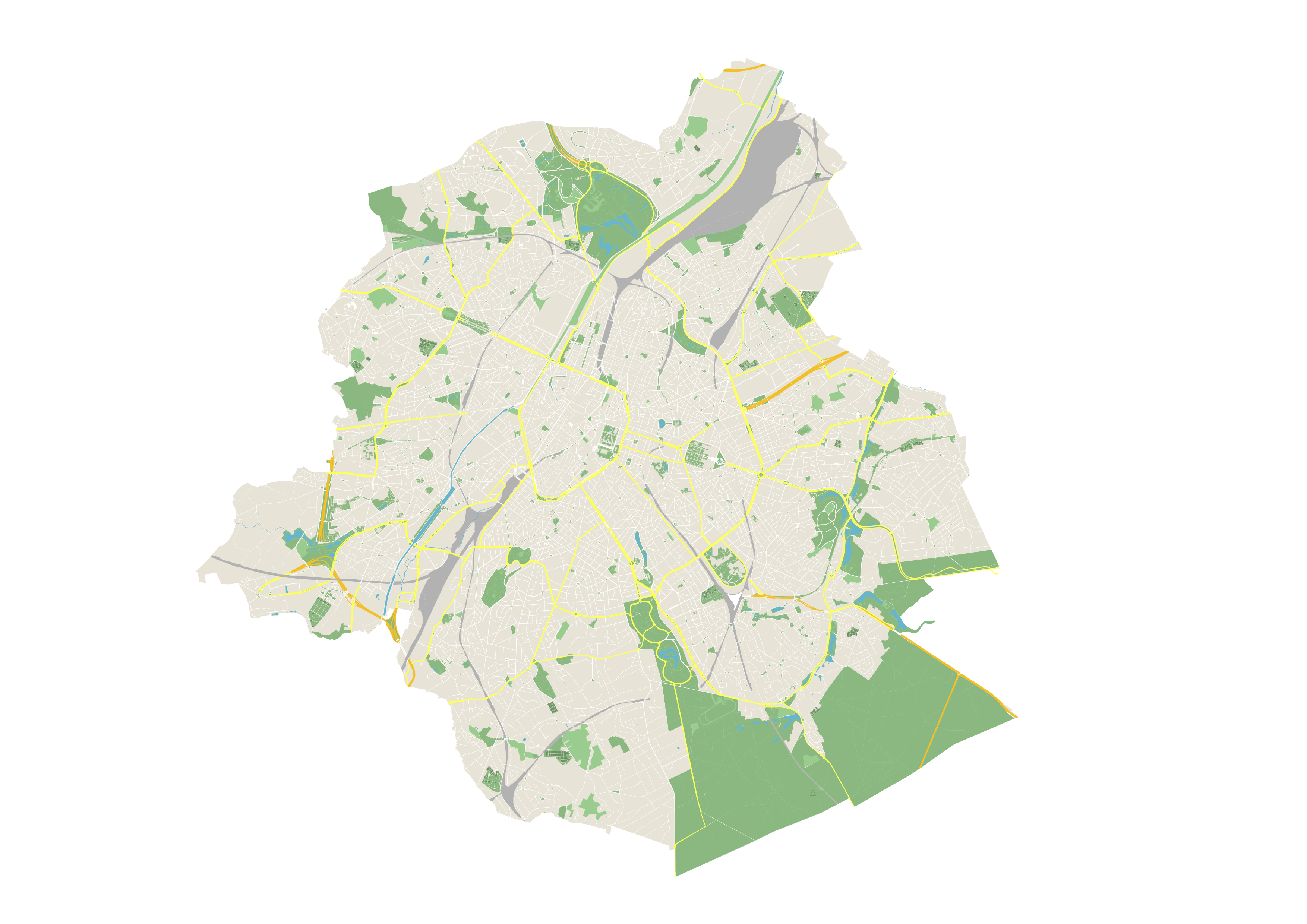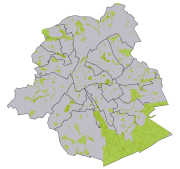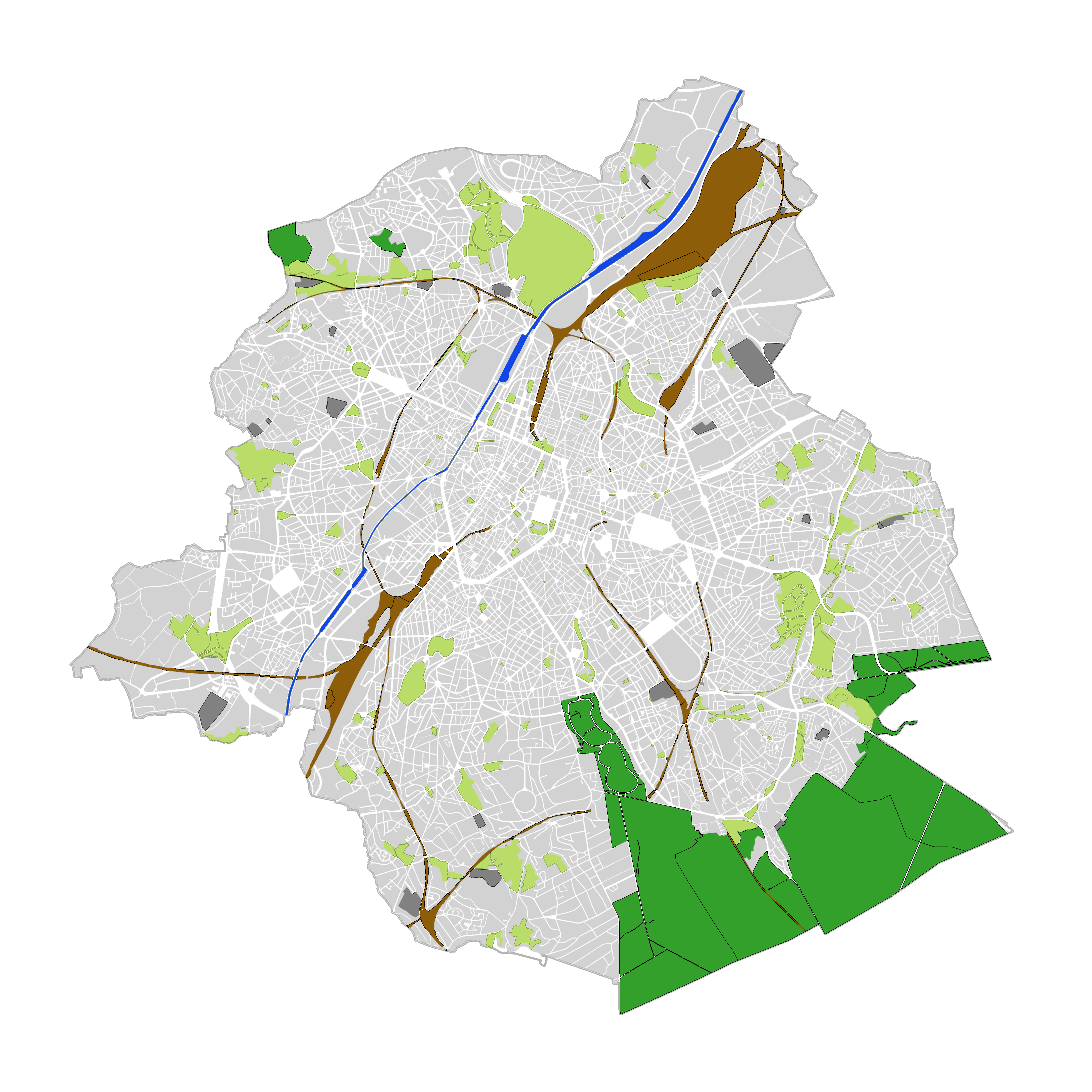Land Cover Data set
Type of resources
Available actions
Topics
INSPIRE themes
Keywords
Contact for the resource
Provided by
Years
Formats
Representation types
Update frequencies
status
Scale
-

The UrbIS - Land cover product corresponds to the dataset of physical and biological surfaces in the Brussels Region. This dataset is composed of four geometric classes. The first class corresponds to bridges. The second corresponds to tunnels, the third corresponds to street surfaces, and the fourth corresponds to blocks including forests, parks, and bodies of water. The dataset is freely downloadable as a zipped file and via the ad hoc WFS.
-

Brussels-Capital Region : database of green spaces and recreational areas in the Brussels-Capital Region, accessible to the public
-

Brussels-Capital Region : land cover refers to the physical and biological cover of the earth's surface, including artificial surfaces, agricultural areas, forests, semi-natural areas, wetlands, water bodies. The entity "Green Block" (or green area) identifies the footprint of vegetated amenity areas(lawn, trees, possibly planted with flowers and ornamental trees and bushes, and often lined ponds and paths). Green areas have been designed on the basis of various plans (photogrammetric surveys, detailed maps, maps of towns, ...). They have a heterogeneous precision because of the diversity of origin. The entity "Green Block" (or green area) is represented using three different types: - GB-A: grassed (some grassy berm plants or trees) bands; - GB-B: parks (water parks located in these areas are not excluded); - GB-F: forests or wood (islets of the Soignes Forest located in the Brussels Region). The entity "Water Block" (or water area) locates and identifies various water bodies in the territory of the Brussels-Capital Region (channel, ponds, Senne river, ...). We distinguish : 1. water areas located at [0] which are visible from the air (abbreviated WB-0); 2. water areas (for the channel) located at [-] on the road (invisible from the sky) (abbreviated WB-M).
 Geobru catalogue
Geobru catalogue